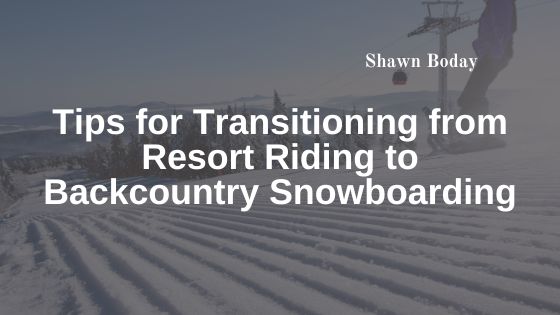For many snowboarders, resort riding provides a structured environment with groomed runs, marked trails, and easy access to lifts. While resorts are perfect for honing skills and enjoying controlled terrain, the thrill of backcountry snowboarding offers an entirely different experience. Riding in untouched powder, navigating natural obstacles, and exploring remote mountain terrain is exhilarating—but it also comes with unique challenges. Transitioning from resort riding to the backcountry requires preparation, knowledge, and safety awareness.
Understand the Risks
The first step in moving to backcountry snowboarding is recognizing the risks. Unlike resort slopes, the backcountry is uncontrolled and unpredictable. Avalanches, hidden rocks, tree wells, and sudden weather changes are hazards that require careful planning. Understanding these dangers and respecting the mountain environment is critical. Many experienced snowboarders take avalanche safety courses to learn how to identify risky terrain, use safety equipment, and perform rescue techniques.
Invest in Proper Gear
Backcountry snowboarding demands specialized equipment beyond what is needed at a resort. A reliable snowboard designed for powder or variable terrain is essential. Splitboards are popular for riders who want to hike uphill and ride down untouched slopes. Additionally, safety gear is non-negotiable. Avalanche transceivers, probes, and shovels are critical for emergencies, while a helmet, avalanche airbag backpack, and appropriate clothing for variable conditions help protect against injuries and exposure.
Build Physical Fitness and Endurance
Backcountry riding is physically demanding. Unlike resort riding, where lifts do much of the work, backcountry snowboarding often involves long uphill hikes and challenging climbs. Improving cardiovascular endurance, leg strength, and core stability is essential. Exercises like squats, lunges, and interval training can prepare your body for sustained effort and help prevent fatigue and injuries on the mountain.
Learn Navigation and Terrain Reading
In the backcountry, there are no marked trails or ski patrols to guide you. Learning to read terrain, identify safe lines, and navigate using maps, GPS, or compasses is vital. Recognizing avalanche-prone slopes, understanding snowpack conditions, and evaluating natural obstacles can make the difference between a safe ride and a dangerous situation. Partnering with experienced riders or hiring a certified guide is highly recommended when starting out.
Start Small and Progress Gradually
Transitioning to backcountry snowboarding is best done gradually. Start with short hikes near resort boundaries or easier terrain to gain confidence and experience. Gradually progress to more remote areas and longer excursions as your skills, fitness, and knowledge improve. This gradual approach helps you adapt to the challenges of the backcountry while minimizing risk.
Prioritize Safety and Awareness
Finally, safety and awareness are paramount. Always check weather forecasts, avalanche reports, and snow conditions before heading out. Never ride alone, and communicate your plan with someone who knows your route. Being prepared for emergencies, staying alert, and making conservative decisions can ensure that your backcountry experience is both thrilling and safe.
Transitioning from resort riding to backcountry snowboarding is a rewarding step that opens up a new world of adventure and freedom on the mountain. By understanding the risks, investing in proper gear, improving fitness, learning navigation, and progressing gradually, snowboarders can safely embrace the excitement and challenges of off-piste riding. The untouched powder, natural obstacles, and solitude of the backcountry provide a unique experience that elevates snowboarding to a whole new level.

